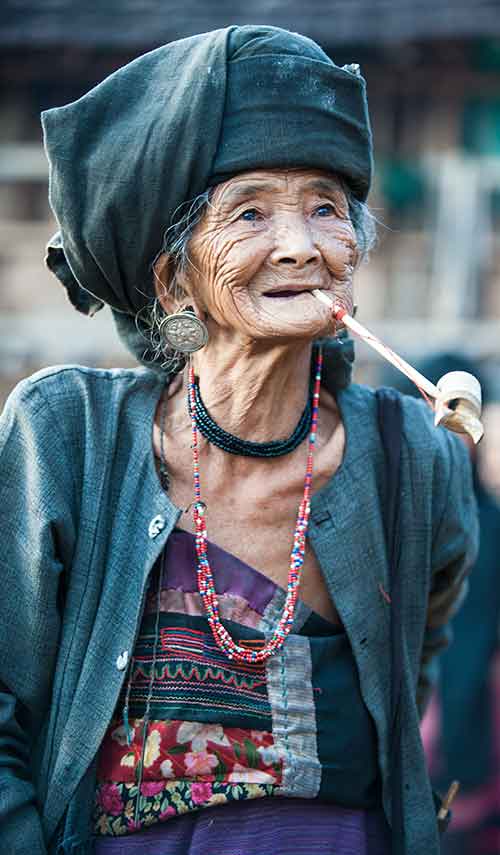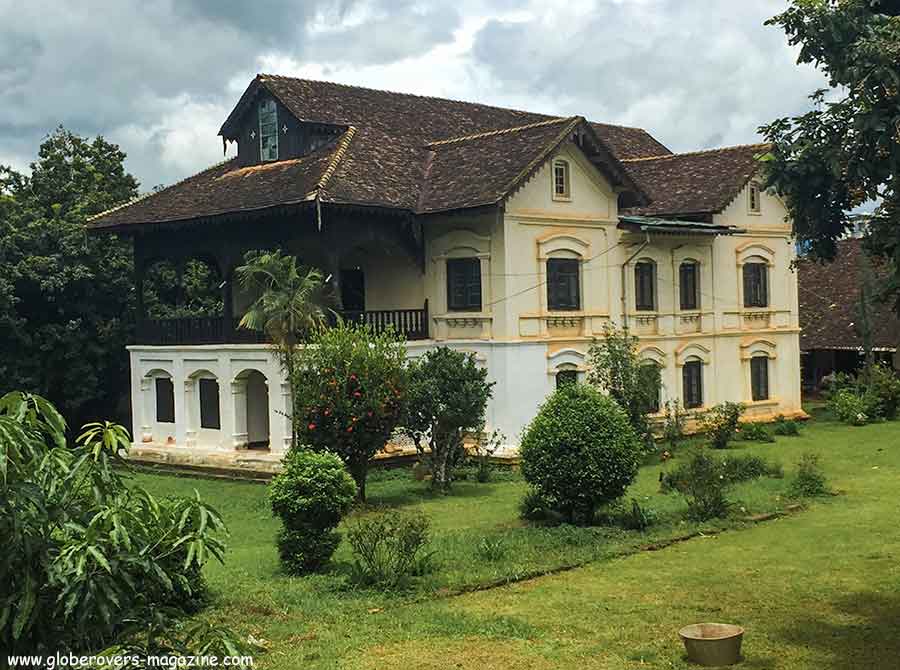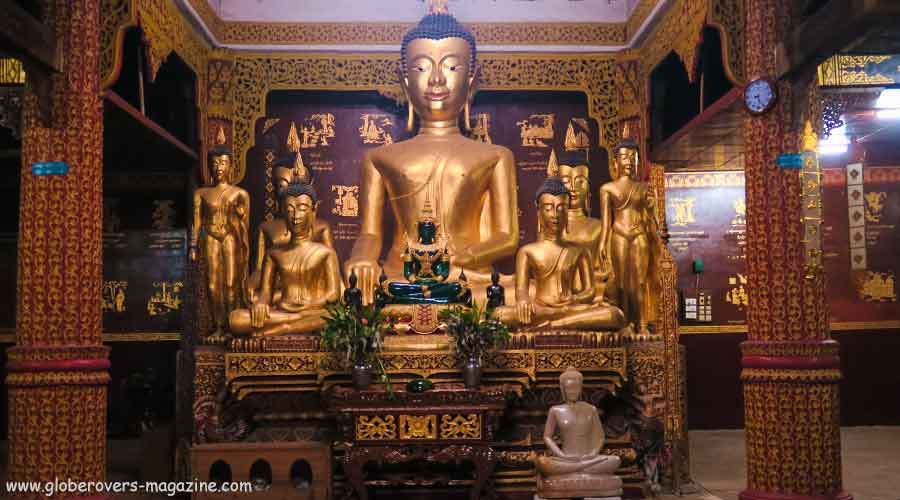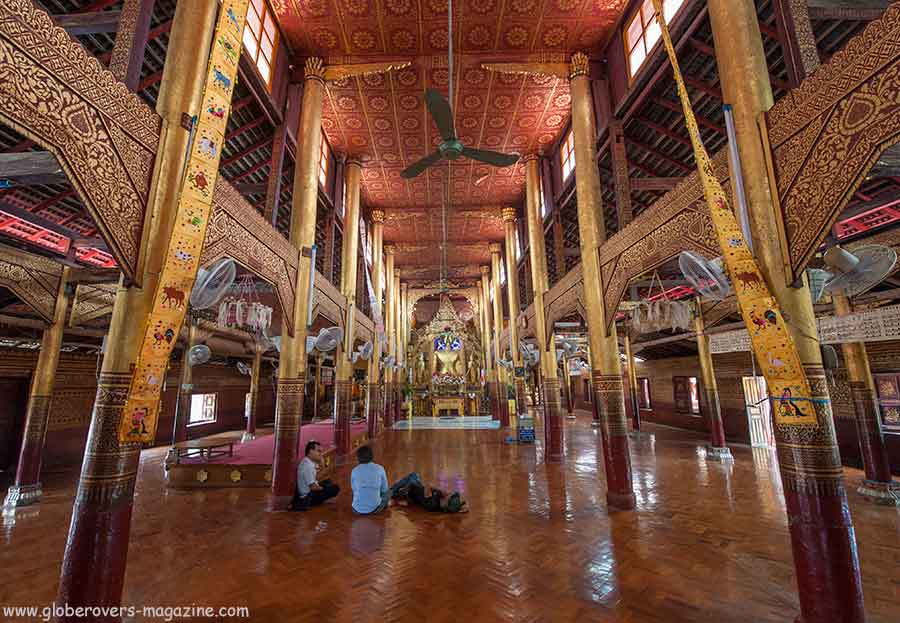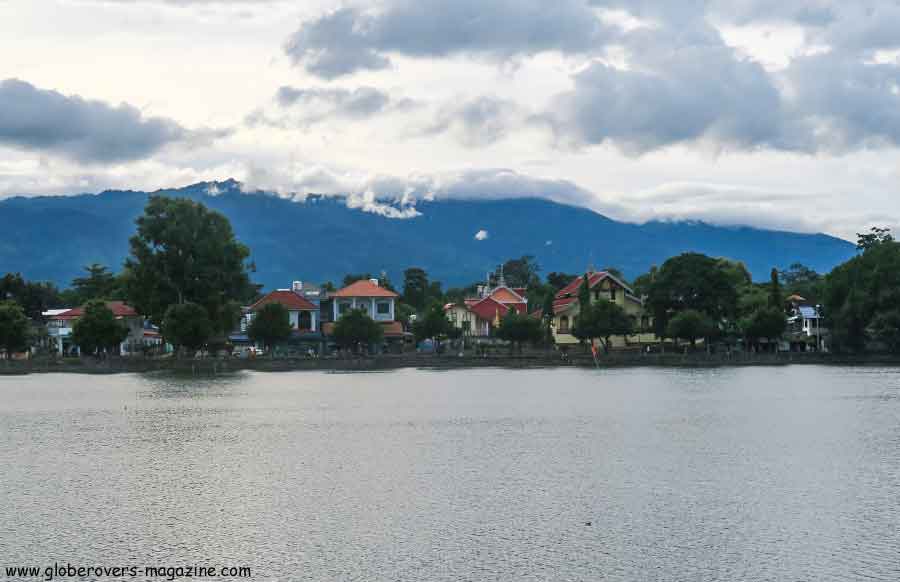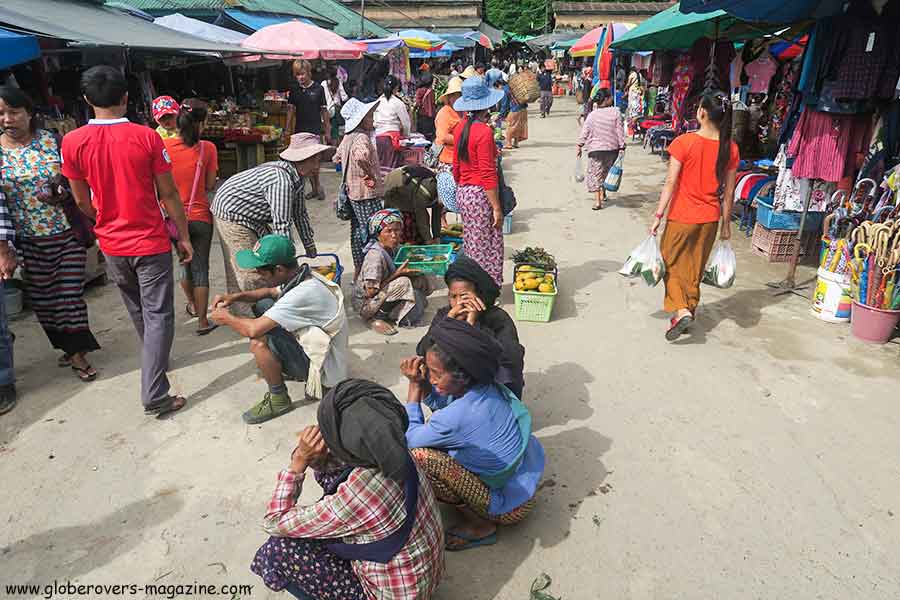Myanmar’s Far Eastern Shan State
Myanmar has some 100 distinct ethnic groups. We travelled to the far eastern Shan State to meet with several of the friendly hill tribes. Trekking past the green rice terraces up to the remote villages is a pleasant challenge, only to be rewarded with some of the greatest hospitality on this planet. Base yourself in the peaceful town of Kyaingtong, neatly arranged around Naung Tung Lake, and from here take day trips in all directions!
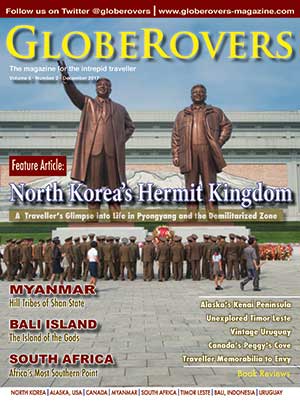
With about 100 distinct ethnic groups officially recognised by the local government, the Bamar people account for almost 70% of the total population. Second in population numbers are the Shan people, followed by the Kayin, Rakhine, Chinese, Mon, Kachin and several smaller groups such as the Wa, Lahu, and Palaung.
Shan State, located in the central far eastern part of the country, is the largest administrative region of Myanmar. Covering an area of almost 156,000 square kilometres, this state shares international borders with China to the north, Laos to the east, and Thailand to the south. With an estimated population of almost 6 million people, it is the fourth most populated region after the Yangon Region, the Ayeyarwady Region, and the Mandalay Region.
What truly sets Shan State apart from the rest, is the historic cultural influence from its neighbours, particularly China and Thailand.
The Shan people, who dominate this state culturally and economically, arrived in this area along with the Mongols when the Pagan Kingdom (the first Burmese empire: 849 to 1287) fell to the Mongols in the 13th century. The Mongol invasion was launched after the last true ruler of Pagan, King Narathihapate (who reigned 1254 to 1287) refused to pay tribute to Kublai Khan, the “Great Khagan of the Mongol Empire”. The Mongols, under Kublai, delivered a crushing defeat at the “Battle of Ngasaunggyan” (1277), followed by the Battle of Bhamo (1283) and the Battle of Pagan (1287), which then brought an end to the Pagan Kingdom and the construction of the temples at their capital, Bagan.
THIS ARTICLE CONTINUES ONLINE IN
Globerovers Magazine December 2017
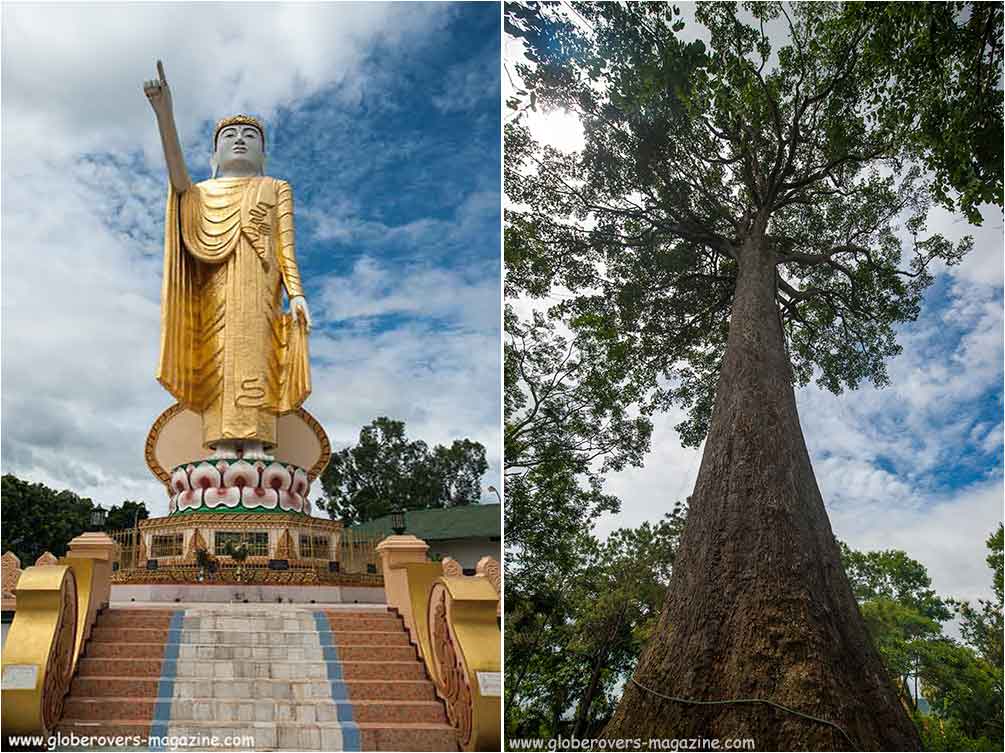

The 20-metre high Buddha statue pointing across the town (Left), and a 264-year old tree named Thit Ta Bin Taung (Right)
THIS ARTICLE CONTINUES ONLINE IN
Globerovers Magazine December 2017
Globerovers Magazine acknowledges with great appreciation the sponsorship of our visit to Myanmar’s Shan State by Pro Niti Travel, based in Yangon, Myanmar. Trust these professionals to create unforgettable travel memories for you! Contact them at sales@pronititravel.com.
www.pronititravel.com
www.facebook.com/ProNitiTravel
twitter.com/Pro_Niti_Travel
